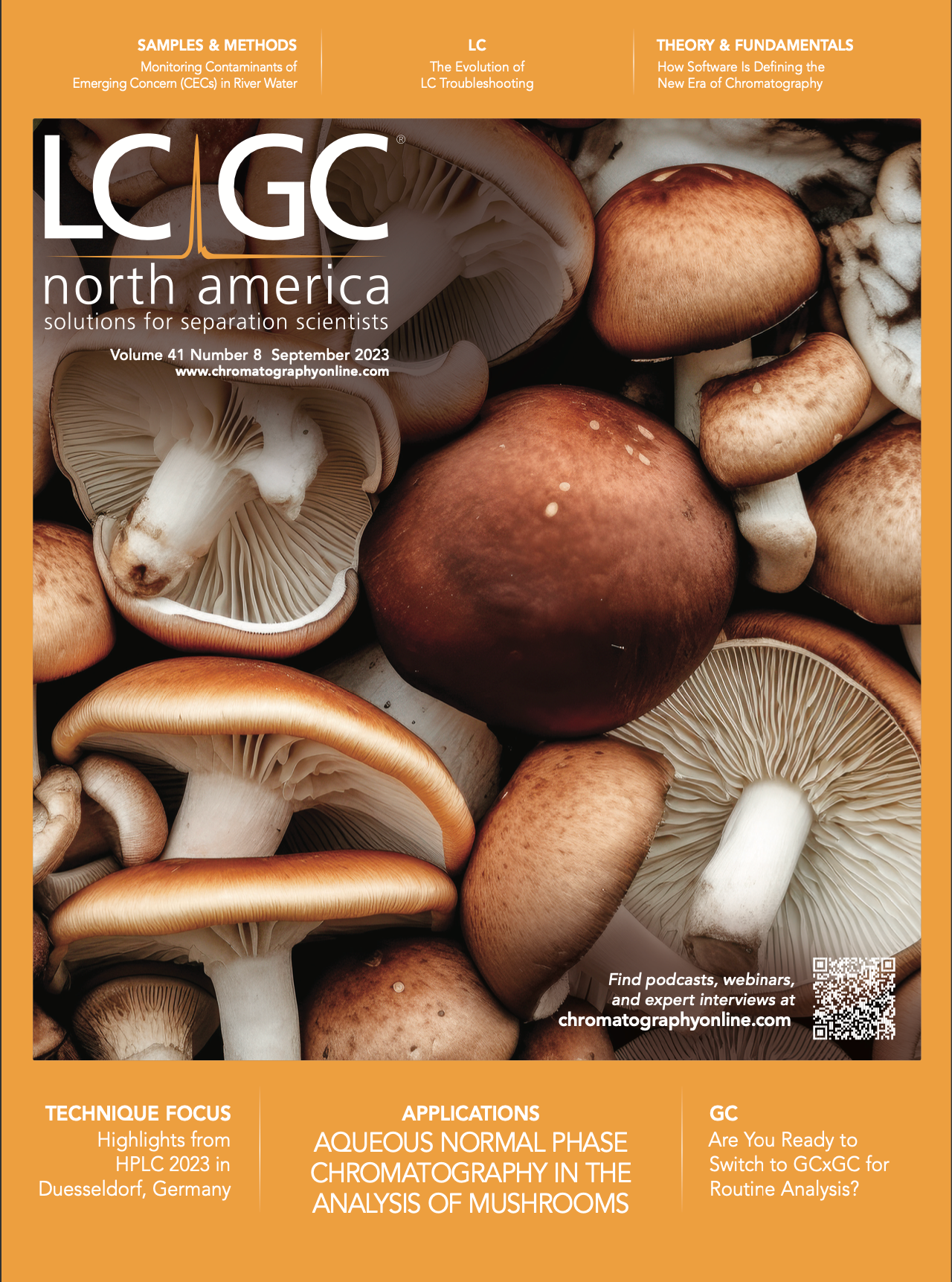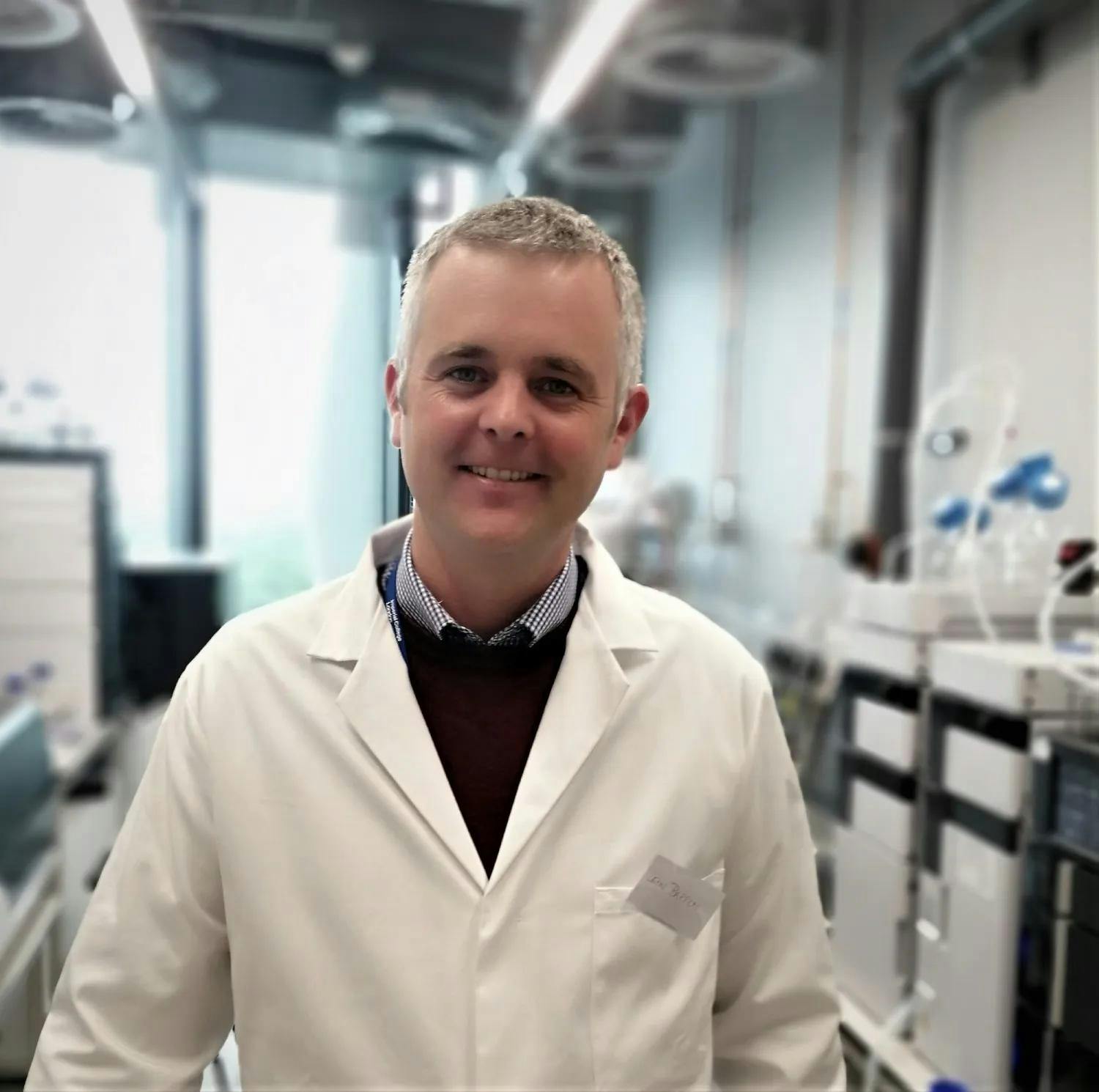How Software Is Defining the New Era of Laboratory Science
Chromatography is an essential analytical tool used in many industries, including pharmaceuticals, foodstuffs, and chemistry. It is the most employed technique for separating, identifying, and quantifying components of a mixture. While there are different types of chromatography, the success of all chromatography systems largely depends on the accuracy and precision of their instruments. For the length of my career, nearly every year ushers in giant steps in the systemic improvement of commercial systems’ accuracy, precision, and overall efficiencies. These “leaps” have frequently been attributable to the physical changes in our systems, such as materials, miniaturization, and chemistries. Today, we turn our attention to software, an essential component of chromatography instruments. This article discusses software’s dynamic and growing role in chromatography, its benefits, and the belief that it will profoundly change our jobs and industry.
Each manufacturer’s system software is critical in successfully utilizing their chromatography instruments. Chromatography software is designed to provide accurate, reliable, and consistent results, thus making the analysis process easier and more efficient. It also aids in automating repetitive tasks, such as sample preparation, analysis, and reporting. The software also enables indices of customizable application methods and system optimization, providing aid in data processing, analysis, visualization tools, and interpreting results, all of which subsequently facilitate the ability to draw conclusions more quickly. In short, automation saves time, reduces human errors, and increases chromatographers’ efficiency and productivity.
Chromatography software automatically performs calculations and data processing according to manufacturer and user specifications. This increases productivity while reducing the likelihood of errors caused by human intervention. It provides traceability, which is essential in regulated industries. Chromatography software can record all the steps taken during the analysis, including sample preparation, analysis, and reporting. This record ensures data are accurate, reliable, and consistent. When software is used in conjunction with an electronic notebook, it can increase the utility of staving off the dreaded FDA letter or equally paralyzing enforcement actions by folds.
The software makes optimizing methods and parameters for specific applications easier. Optimization is crucial in chromatography. Using the software, chromatographers can adjust the parameters to achieve the best separation of components in a mixture. Chromatography software enables and provides tools for data visualization, such as chromatograms, spectra, 2D plots, and peak integration. These allow for a better, easier, and faster interpretation of results and drawing of conclusions.
Chromatography manufacturers are continually turning their attention to software. For example, the recently launched LC by Waters Corporation spends more time promoting its software package than its hardware specifications. This new system software directly focuses on control lab needs. Similarly, Shimadzu’s LabSolutions software focuses on compliance and data integrity requirements. Meanwhile, Agilent’s OpenLab software aims to improve lab throughput and the quality of results, like the messaging put out by PerkinElmer. Each company in our industry effectively highlights a different approach to one main theme– assuring and improving every laboratory’s data quality and productivity.
The evolution of chromatography software is gaining traction industrywide. It has long been an essential component of chromatography instruments, augmenting the productivity and data quality output of laboratories across the globe. Today, it plays many critical roles in aiding in chromatographers’ daily tasks. I am confident that within the next ten years, it will take over many more complicated tasks which currently can only be handled by rigorously trained analysts. These tasks will be particularly impactful in the identification, manufacture, separation, purification, and characterization of biologically important molecules. In short, tomorrow’s software will be as different as a strip chart recorder is from our modern systems.
About the Author
Jonathan Edelman was formerly in business development at Restek. Direct correspondence to jonathan.edelman@gmail.com


Thermodynamic Insights into Organic Solvent Extraction for Chemical Analysis of Medical Devices
April 16th 2025A new study, published by a researcher from Chemical Characterization Solutions in Minnesota, explored a new approach for sample preparation for the chemical characterization of medical devices.
Polysorbate Quantification and Degradation Analysis via LC and Charged Aerosol Detection
April 9th 2025Scientists from ThermoFisher Scientific published a review article in the Journal of Chromatography A that provided an overview of HPLC analysis using charged aerosol detection can help with polysorbate quantification.

.png&w=3840&q=75)

.png&w=3840&q=75)



.png&w=3840&q=75)



.png&w=3840&q=75)







